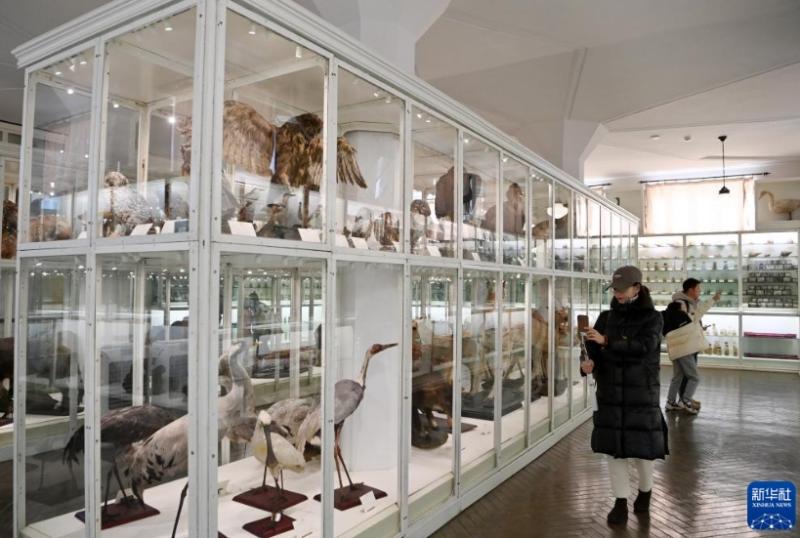Exploring Beijiang Museum in Tianjin's Five Great Avenues
In the heart of Tianjin's Five Great Avenues area stands a stately red-brick building, the Beijiang Museum, a centennial institution often referred to as a "living fossil" in the history of early Chinese museums.

Historical Background
The Beijiang Museum was founded by French naturalist Emile Licent in 1914. The museum complex consists of the North Building, Exhibition Hall, and South Building. It is the only early Chinese museum that has completely preserved its original site, architecture, collections, display cases, and historical documents to this day.
A Bridge Between Cultures
In the 1930s, the Beijiang Museum had already established itself as a world-class institution, serving as a bridge for cultural exchange between China and the West. Today, the museum has been fully restored and is open to the public, offering a rich educational experience to all visitors.
Extensive Collections
The museum boasts an impressive collection of over 200,000 items, including specimens of animals, plants, fossils, early human artifacts, rocks, minerals, and historical and folk artifacts. These exhibits provide a vivid and comprehensive understanding of natural history and cultural heritage.
Notable Exhibits
The museum's exhibits are divided into several key areas:
- Animal Specimens: A vast array of preserved animals from various habitats, showcasing biodiversity.
- Plant Specimens: Collections highlighting the rich flora of different regions.
- Fossils: Displays of ancient life forms that roamed the Earth millions of years ago.
- Early Human Artifacts: Tools and relics that provide insights into the lives of early humans.
- Rocks and Minerals: A variety of geological specimens demonstrating Earth's mineral wealth.
- Historical and Folk Artifacts: Items reflecting the cultural practices and daily lives of various communities throughout history.

Cultural Significance
The Beijiang Museum not only serves as a repository of natural and cultural artifacts but also plays a crucial role in promoting scientific knowledge and cultural appreciation. Its extensive collections and well-preserved exhibits offer a tangible connection to the past, educating and inspiring visitors from all walks of life.
Visiting the Museum
The museum is located in the scenic Five Great Avenues area, making it a convenient and enriching stop for tourists exploring Tianjin. The restored buildings and carefully curated exhibits provide a serene and educational environment for visitors to immerse themselves in history and science.
Conclusion
The Beijiang Museum stands as a testament to the rich cultural and natural heritage preserved within Tianjin's Five Great Avenues. It continues to educate and inspire, bridging the gap between past and present, and fostering a deeper understanding of our world.
Q1: What is the historical significance of the Beijiang Museum in Tianjin's Five Great Avenues?
A1: The Beijiang Museum, founded by French naturalist Emile Licent in 1914, is significant for being the only early Chinese museum that has completely preserved its original site, architecture, collections, display cases, and historical documents. In the 1930s, it was recognized as a world-class institution and served as a bridge for cultural exchange between China and the West. Today, it continues to educate and inspire visitors with its extensive collections of natural and cultural artifacts.
Q2: What can visitors expect to see in the Beijiang Museum's collections?
A2: Visitors to the Beijiang Museum can explore over 200,000 items, including animal specimens, plant specimens, fossils, early human artifacts, rocks and minerals, and historical and folk artifacts. These collections provide a comprehensive understanding of natural history and cultural heritage, showcasing biodiversity, ancient life forms, early human tools, geological specimens, and cultural practices from various historical periods.